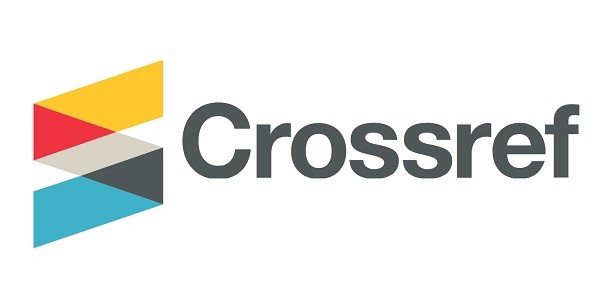REUSABILITY IN THE DEVELOPMENT OF A WEB SYSTEM USING THE ANGULAR FRAMEWORK
DOI:
https://doi.org/10.31510/infa.v17i1.826Keywords:
Reusabilidade, Angular, Sistema Web, DesenvolvimentoAbstract
On the world stage, software development has considerably increased its demand with a focus on solving, optimizing problems or market opportunities, guarantee product quality, customer satisfaction and add value to the business, requiring short deadlines and delivery times being required increasingly short. In the midst of the vast competition for improvements and agile deliveries, mechanisms and technologies emerge to increase productivity in coding, facilitate maintainability through reusability and provides a basis to start implementation through frameworks. This article addresses, through exploratory and experimental bibliographic research, the techniques of code reuse, from which a web system was developed for a philanthropic entity using the framework front-end Angular e Node.js on back-end, with the purpose of investigating and identifying the main characteristics of reusability in this case study. The main results obtained are the search for optimization in the creation process and maintainability, through reusability practices and Angular functionalities.
Downloads
Metrics
References
BRANAS, R. AngularJS essentials: Design and construct reusable, maintainable, and modular web applications with AngularJS. Birmingham, United Kingdom: Packt Publishing, 2014.
BRAUDE, Eric J. Projeto de Software: Da Programação À Arquitetura: Uma Abordagem baseada em Java. Porto Alegre, RS: Bookman, 2005.
BROWN, Alan W. Component-Based Software Engineering, Selected Papers from the Software Engineering Institute. IEEE Computer Society Press, 1996.
CHACON, Scott. Pro Git. 1. ed. Apress, 2009.
FRAKES, W; TERRY, C. Software Reuse and Reusability Metrics and Models. Blacksburg, VA: Virginia Polytechnic Institute & State University, 1995.
GECHEV, M. Switching to Angular: Align with Angular version 5 and Google's long-term vision for Angular. 3. ed. United Kingdom: Packt Publishing, 2017.
GIL, Antonio C. Métodos e Técnicas de Pesquisa Social. 6. ed. São Paulo: Editora Atlas S.A., 2008.
HIRAMA, K. Engenharia de Software: Qualidade e Produtividade com Tecnologia. 1. ed. Elsevier Brasil, 2012.
MANN, Kito D. JavaServer Face in Action. 1. Ed. Greenwich: Manning Publications
MORAES, Wiliam B. Construindo aplicações com NodeJS. 2. ed. São Paulo: Novatec Editora, 2018.
NANDAA, A. Beginning API Development with Node.js. 1. ed. United Kingdom: Packt Publishing, 2018.
NAYROLLES, M.; GUNASUNDARAM, R; RAO, S. Expert Angular. 1. ed. Packt Publishing, 2017.
PEREIRA, Caio R. Node.js: Aplicações web real-time com Node.js. 1. ed. Editora Casa do Código, 2014
POULIN, Jeffrey S., Measuring Software Reusability, Third International Conference on Software Reuse, Rio de Janeiro, Brazil, 1-4 November 1994.
PRESSMAN, Roger S. Engenharia de Software: uma abordagem profissional. 7. ed. São Paulo: Pearson Makron Books, 2011.
RAUCH, Guillermo. Smashing Node.js: JavaScript Everywhere. 2 ed. Wiley, 2017
REZENDE, Denis A. Engenharia de Software e Sistemas de Informação. 3. ed. Rio de Janeiro: Brasport, 2005.
SESHADRI, S.; GREEN, B. Desenvolvendo com AngularJS. Novatec Editora, São Paulo, SP, 2014.
SILVERMAN, Richard E. Git: guia prático. 1. ed. São Paulo: Novatec Editora, 2013.
SINGH, Anil. Angular 2 Interview Questions and Answers: With Typescript and Angular 4. 1. ed. Educreation Publishing, 2017.
SOMMERVILLE, Ian. Engenharia de Software. 8. ed. São Paulo: Pearson Addison Wesley, 2007.
Downloads
Published
How to Cite
Issue
Section
License
Copyright (c) 2020 Revista Interface Tecnológica

This work is licensed under a Creative Commons Attribution 4.0 International License.
Os direitos autorais dos artigos publicados pertencem à revista Interface Tecnológica e seguem o padrão Creative Commons (CC BY 4.0), que permite o remixe, adaptação e criação de obras derivadas do original, mesmo para fins comerciais. As novas obras devem conter menção ao(s) autor(es) nos créditos.












.jpg)




1.png)
1.png)